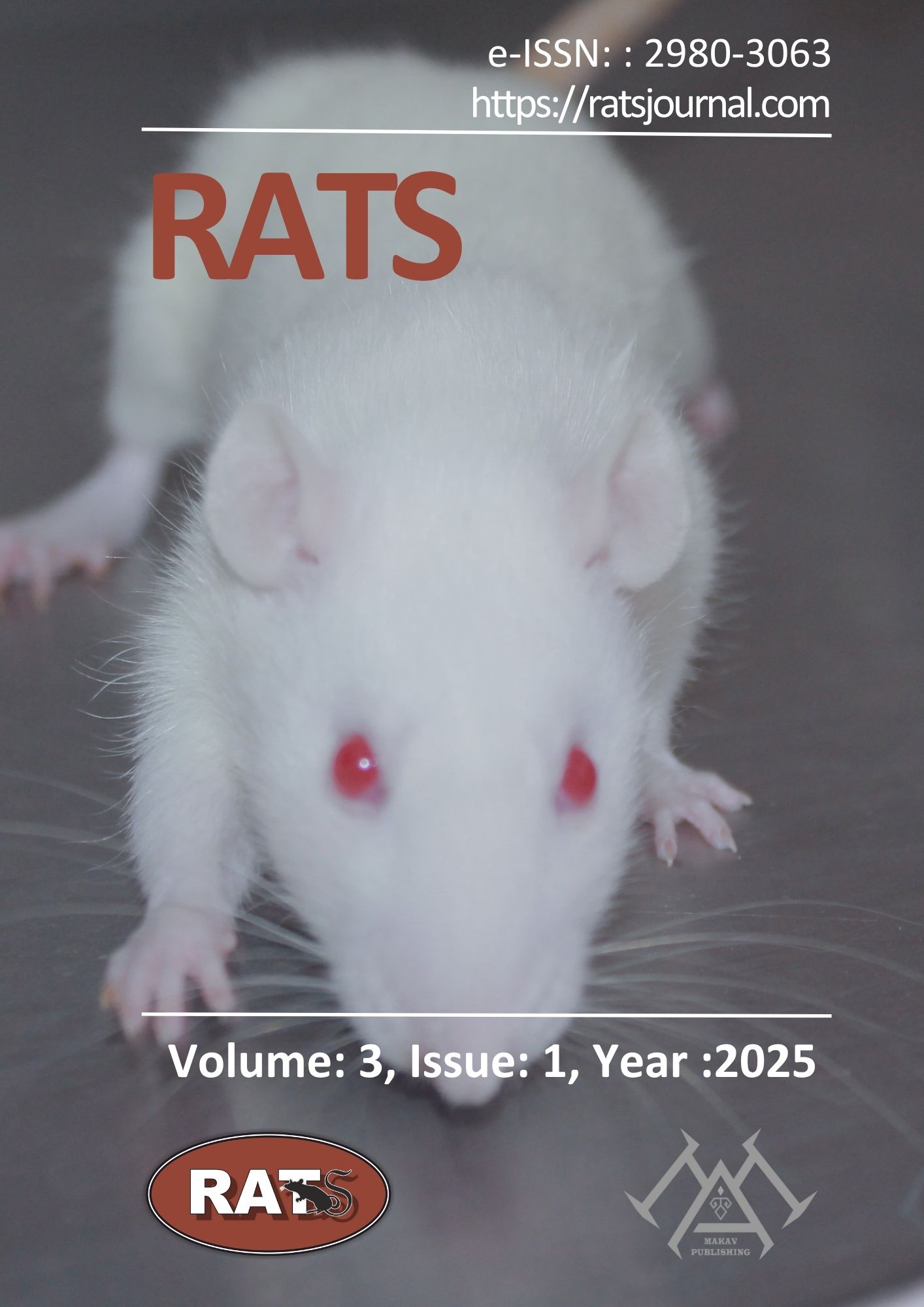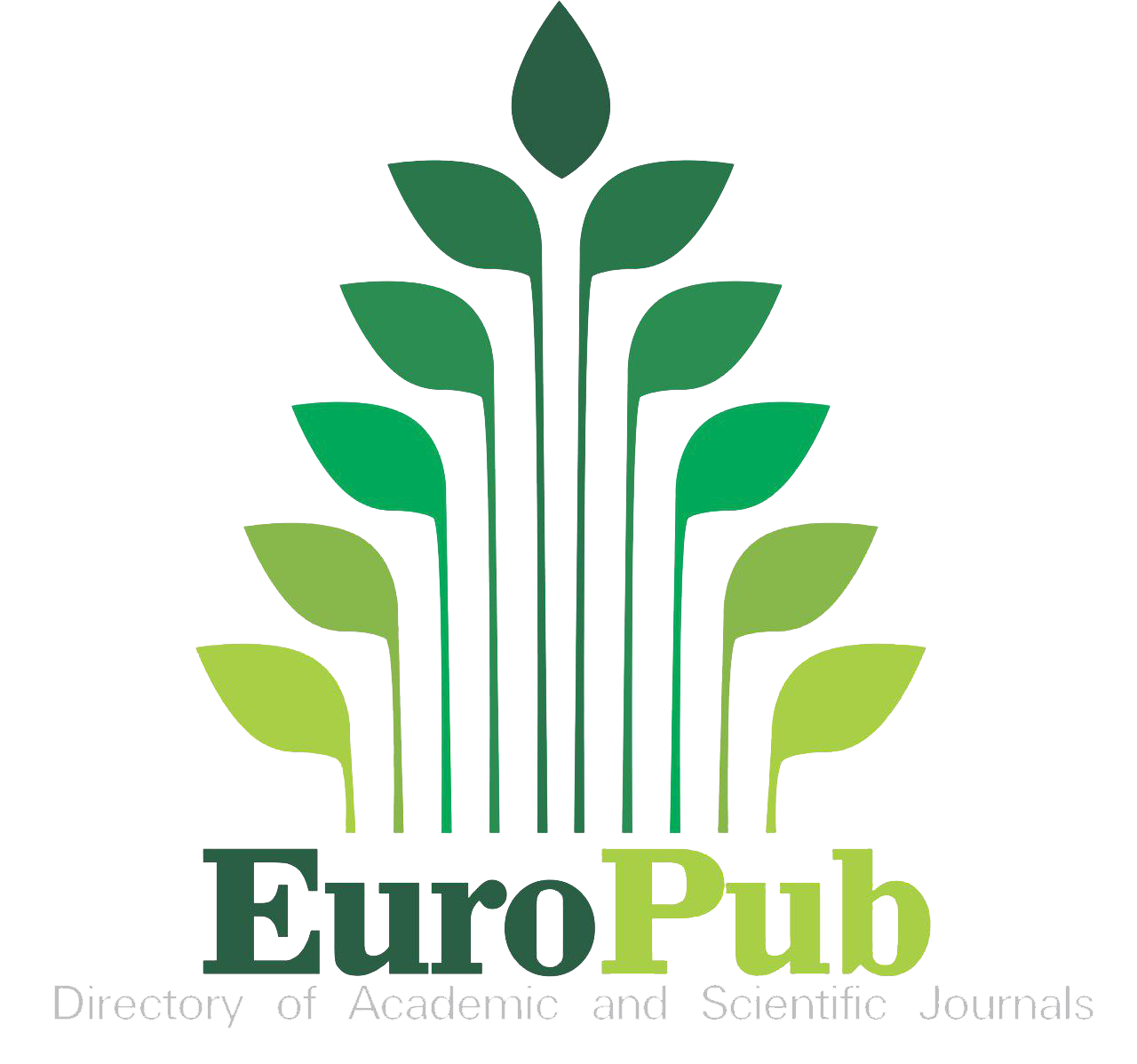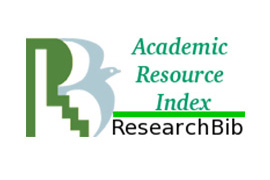The role of nutrition and care in laboratory mice used for scientific research
DOI:
https://doi.org/10.5281/zenodo.15767546Keywords:
Animal nutrition, laboratory animals, mice, requirementsAbstract
Laboratory mice (Mus musculus) are the most widely used mammaiıan model in scientific research due to theirgenetic similarity to humans, rapid reproduction manageable size, and cost-effective maintenance This review comprehensively examines the biological characterıstics, behavior, housing requirements,and most imortantly, the nutritional needs of laboratory mice, adequate and species-appropriate nutrition is essential not only for animal welfare but also for the reliability and reproducibility of experimental outcomes. Nutrient requirements vary according to age sex strain and phvsiological status such as growth reproduction pregnancy and lactation. Standard diets must be formulated to provide the appropriate balance of macronutrients (protein, fat carbohvdrates), micronutrients (vitamins and minerals), and water energy needs, amino acid profiles fat-soluble and water-soluble vitamin reguirements, and trace mineral demands are dicussed in detail supported by specific dietary formulations and intake levels. The paper also addresses the formus and administration of diets (pellet, gel, liquid), and the effects of nutritional defficiencies on phvsiological functions such as immunity reproduction and metabolism. Furthermore, enviromental factors including cage design, ambient temperature, humidity, and light cycles are highlighted as critical elements that interact with nutrition to influence mice physiology. Proper handling and husbandry techniques are outlined to minimize stress and maintain consistent experimental conditions. Emphasis is placed on the need for standardized feeding protocols to ensure comparabilitiy across studies. In conclusion, the successful use of mice in research requires a multidiciplinary approach combining optimal nutrition, ethical care, and well-controlled environmental conditions. These factors are vital to preserving the physiological integrity of laboratory mice and generating meaningful scientific data.
References
Hankenson FC. Critical care management for laboratory mice and rats. CRC Press; 2013.
Phifer-Rixey M, Nachman MW. Insights into mammalian biology from the wild house mouse Mus musculus. Elife. 2015;4:e05959. doi: 10.7554/eLife.05959
Suckow MA, Hashway S, Pritchett-Corning KR. The laboratory mouse. CRC press; 2023.
Breed WG, Leigh CM, Peirce EJ. Reproductive biology of the mice and rats (family Muridae) in New Guinea—diversity and evolution. Rec Aust Mus. 2020;72(5):303-316. doi:10.3853/j.2201-4349.72.2020.1733
André V, Gau C, Scheideler A, et al. Laboratory mouse housing conditions can be improved using common environmental enrichment without compromising data. PLoS Biol. 2018;16(4):e2005019. doi:10.1371/journal.pbio.2005019
Hill JM, Lim MA, Stone MM. Developmental milestones in the newborn mouse. Neuropeptide techniques. Springer; 2008:131-149.
Liu Y, Tian X, Daniel RC, et al. Impact of probiotic Limosilactobacillus reuteri DSM 17938 on amino acid metabolism in the healthy newborn mouse. Amino Acids. 2022;54(10):1383-1401. doi:10.1007/s00726-022-03165-1
Liu Y, Dantas E, Ferrer M, et al. Hepatic gluconeogenesis and PDK3 upregulation drive cancer cachexia in flies and mice. Nat Metab. 2025;7(4):823-841. doi:10.1038/s42255-025-01265-2
Chen G, Shan H, Xiong S, et al. Polystyrene nanoparticle exposure accelerates ovarian cancer development in mice by altering the tumor microenvironment. The Science of the total environment. 2024;906:167592. doi:10.1016/j.scitotenv.2023.167592
Andreeva L, David L, Rawson S, et al. NLRP3 cages revealed by full-length mouse NLRP3 structure control pathway activation. Cell. 2021;184(26):6299-6312.e22. doi:10.1016/j.cell.2021.11.011
Weber EM, Zidar J, Ewaldsson B, et al. Aggression in Group-Housed Male Mice: A Systematic Review. Anim. 2022;13(1). doi:10.3390/ani13010143
Whary MT, Baumgarth N, Fox JG, Barthold SW. Biology and diseases of mice. Laboratory animal medicine. Elsevier; 2015:43-149.
Zhao H, Li P, Bian L, et al. Immune response of inactivated rabies vaccine inoculated via intraperitoneal, intramuscular, subcutaneous and needle-free injection technology-based intradermal routes in mice. Int J Mol Sci. 2023;24(17):13587. doi:10.3390/ijms241713587
Barabas AJ, Conlon RA, Hodges CA. Think Beyond the Room: Measuring Relative Humidity in the Home Cage and Its Impact on Reproduction in Laboratory Mice, Mus musculus. Anim. 2024;14(22):3164. doi:10.3390/ani14223164
Han A, Hudson-Paz C, Robinson BG, et al. Temperature-dependent differences in mouse gut motility are mediated by stress. Lab Anim. 2024;53(6):148-159. doi:10.1038/s41684-024-01376-5
Kamada Y, Yamaji K, Ushigome N, et al. Method for long-term room temperature storage of mouse freeze-dried sperm. Scientific Reports. 2025;15(1):303. doi:10.1038/s41598-024-83350-2
Quiros KAM, Nelson TM, Sattari S, et al. Mouse lung mechanical properties under varying inflation volumes and cycling frequencies. Scientific Reports. 2022;12(1):7094. doi:10.1038/s41598-022-10417-3
Ema M, Okuda H, Gamo M, Honda K. A review of reproductive and developmental toxicity of silver nanoparticles in laboratory animals. Reproductive toxicology (Elmsford, NY). 2017;67:149-164. doi:10.1016/j.reprotox.2017.01.005
Walker WH, Cooke PS. Functions of Steroid Hormones in the Male Reproductive Tract as Revealed by Mouse Models. Int J Mol Sci. Feb 1 2023;24(3)doi:10.3390/ijms24032748
Umehara T, Winstanley YE, Andreas E, et al. Female reproductive life span is extended by targeted removal of fibrotic collagen from the mouse ovary. Science advances.2022;8(24):eabn4564. doi:10.1126/sciadv.abn4564
Golledge H, Richardson C. The UFAW handbook on the care and management of laboratory and other research animals. John Wiley & Sons; 2024.
Kumar S, Rajput MK, Yadav PK. Laboratory animal nutrition. Lab Anim Sci. 2021:373-404. doi:10.1007/978-981-16-0987-9
He C. Balancing nutrient and energy demand and supply via autophagy. Current biology : CB. 2022;32(12):R684-r696. doi:10.1016/j.cub.2022.04.071
Lee J, Purello C, Booth SL, Bennett B, Wiley CD, Korstanje R. Chow diet in mouse aging studies: nothing regular about it. GeroScience. 2023;45(3):2079-2084. doi:10.1007/s11357-023-00775-9
Claassen V. Food and water intake. Techn Behav Neural Sci. 1994;12:267-287.
Nicolaisen TS, Lyster AE, Sjøberg KA, et al. Dietary protein restriction elevates FGF21 levels and energy requirements to maintain body weight in lean men. Nat Metab. 2025;7(3):602-616. doi:10.1038/s42255-025-01236-7
Şenel. Laboratuvar Hayvanlarının Beslenmesi. Edebiyat Fakültesi Basımevi; 1997.
Kanakis I, Alameddine M, Scalabrin M, et al. Low protein intake during reproduction compromises the recovery of lactation-induced bone loss in female mouse dams without affecting skeletal muscles. FASEB journal : official publication of the Federation of American Societies for Experimental Biology. 2020;34(9):11844-11859. doi:10.1096/fj.202001131R
Wolfensohn S, Lloyd M. Handbook of laboratory animal management and welfare. John Wiley & Sons; 2013.
Gregor A, Huber L, Auernigg-Haselmaier S, et al. A Comparison of the Impact of Restrictive Diets on the Gastrointestinal Tract of Mice. Nutr. 2022;14(15)doi:10.3390/nu14153120
Downloads
Published
How to Cite
Issue
Section
License
Copyright (c) 2025 Rats

This work is licensed under a Creative Commons Attribution 4.0 International License.


















